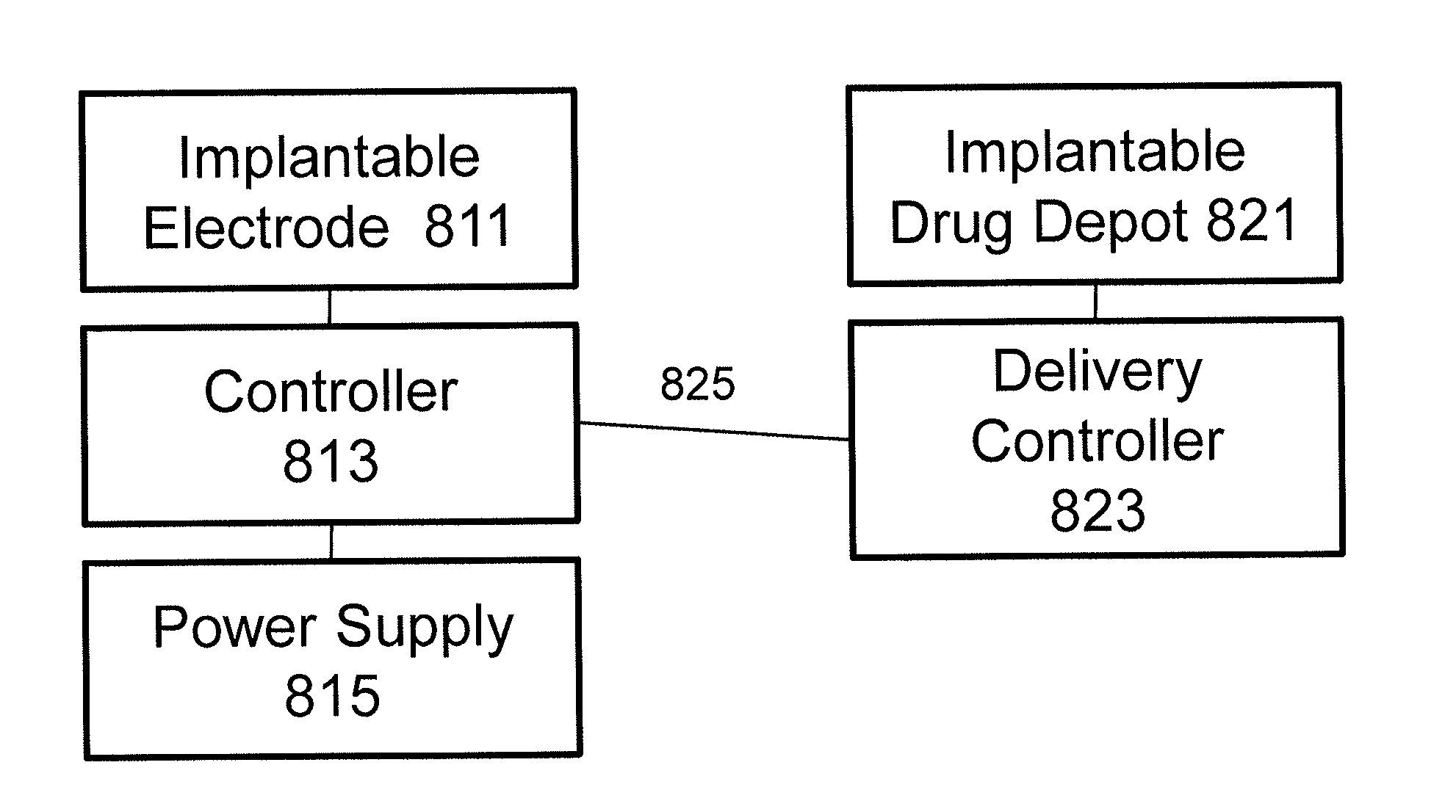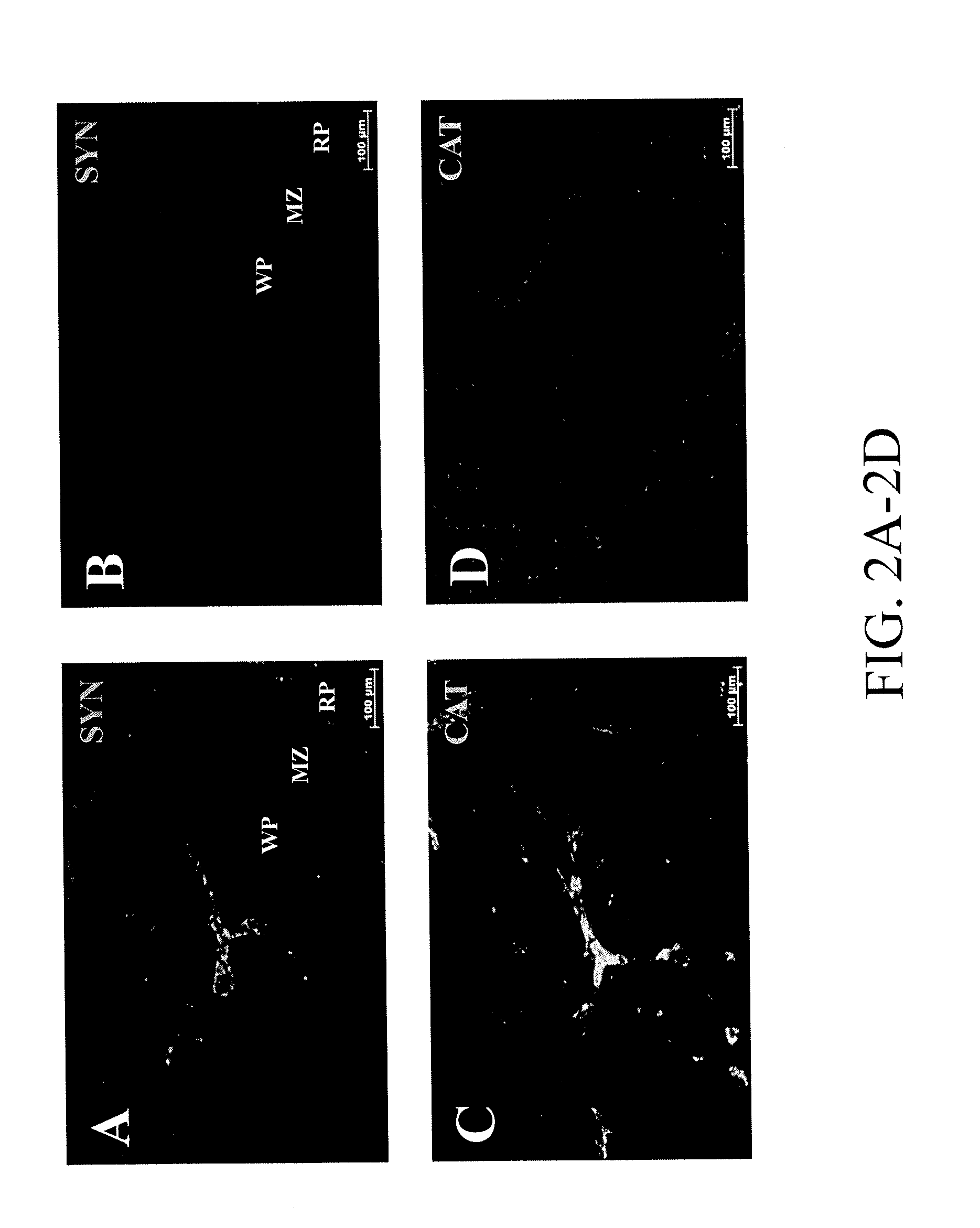Methods and systems for reducing inflammation by neuromodulation and administration of an Anti-inflammatory drug
a neuromodulation and neuromodulation technology, applied in the field of neuromodulation and neuromodulation, can solve the problems that the vagus nerve stimulation of nude mice failed to inhibit the production of tnf, and achieve the effect of inhibiting the immune respons
- Summary
- Abstract
- Description
- Claims
- Application Information
AI Technical Summary
Benefits of technology
Problems solved by technology
Method used
Image
Examples
Embodiment Construction
[0027]To study whether TNF-inhibiting signals in the vagus traverses the splenic nerve, the splenic nerve was surgically ablated in rats exposed to endotoxemia and vagus nerve stimulation. Splenic neurectomy prevented the TNF-suppressing activity of vagus nerve stimulation, indicating that the neural signals originating in the cervical vagus nerve traverse the splenic nerve (FIG. 1). Complete ablation of the splenic nerve was confirmed, because immunohistochemical staining for synaptophysin, a synaptic vesicle protein and marker of nerve terminals, was absent after the splenic nerve was cut (FIGS. 2A and 2B). Moreover, and as expected, review of sections stained using glyoxylic acid to reveal catecholaminergic neurons revealed that it was completely depleted in animals subjected to splenic neurectomy (FIGS. 2C and 2D). In agreement with previous studies, we observed synaptophysin-positive staining in the regions of the central artery, white pulp, red pulp, and splenic capsule. Seque...
PUM
 Login to View More
Login to View More Abstract
Description
Claims
Application Information
 Login to View More
Login to View More - R&D
- Intellectual Property
- Life Sciences
- Materials
- Tech Scout
- Unparalleled Data Quality
- Higher Quality Content
- 60% Fewer Hallucinations
Browse by: Latest US Patents, China's latest patents, Technical Efficacy Thesaurus, Application Domain, Technology Topic, Popular Technical Reports.
© 2025 PatSnap. All rights reserved.Legal|Privacy policy|Modern Slavery Act Transparency Statement|Sitemap|About US| Contact US: help@patsnap.com



